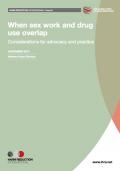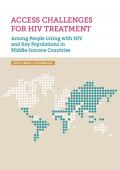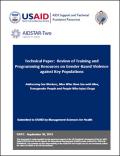Publications on Key Populations
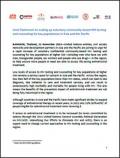
Resource | Publications,
United Nations entities, civil society networks and development partners in Asia and the Pacific are joining to urge for a rapid increase of voluntary confidential community-based HIV testing and counseling for key populations at higher risk—including men who have sex with men, transgender people, sex workers and people who use drugs— in the region, to help ensure more people in need are able to access life-saving antiretroviral treatment.
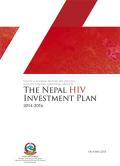
Resource | Publications,
This national investment plan is a renewed call for coordinated action from the public and private sectors, civil society and international partners to reduce Nepal’s HIV burden. Drawing on programmatic data and a 2013 review of Nepal’s national response, a 4-month participatory process was undertaken to develop this plan
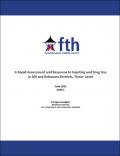
Resource | Publications,
This study was based on the Rapid Assessment and Response methodology outlined in the WHO Rapid Assessment and Response Guide on Psychoactive Substance Use and Sexual Risk Behaviour and the WHO Rapid Assessment and Response Technical Guide on Injecting and Drug Use. Both qualitative and quantitative research methods were used. 17 Key informant interviews, 15 focus group discussions, and 44 individual structured interviews among drug users were conducted.
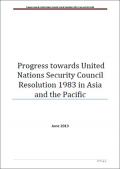
Resource | Publications,
The HLM targets and UNSC Resolution 1983 provide an opportunity to scale up universal access to HIV and AIDS related services for all uniformed service personnel and their family members and for people living with HIV and the key populations at higher risk of HIV with whom uniformed services personnel interact.







